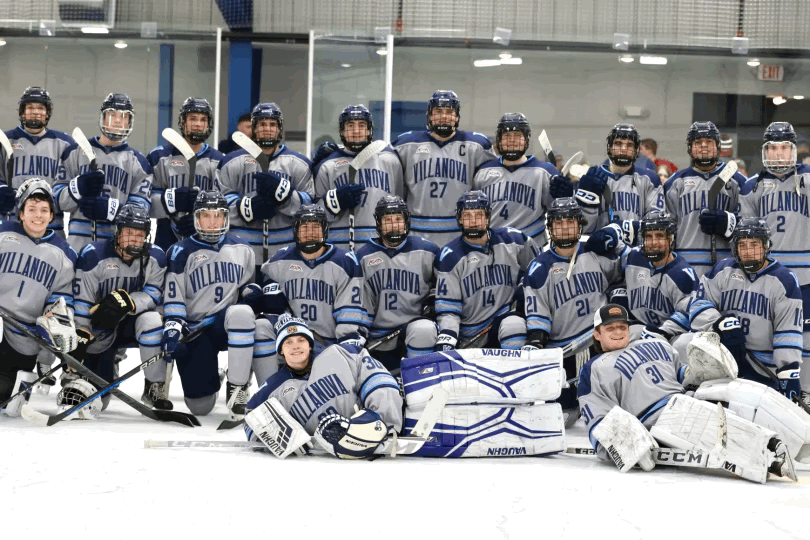For many Villanova students, extracurricular activities play a key role in shaping their college experience. Research indicates that six percent of Division I student body members play sports. This raises a question: How does being a student-athlete shape the college experience?
The journey for aspiring college athletes begins early in high school, setting them apart from their peers. The recruitment process involves attending college clinics, joining elite travel teams and communicating with colleges as early as sophomore or junior year of high school.
“The recruitment process is crazy, for sure,” freshman volleyball player Marly Smith said. “It’s very stressful but it’s all worth it. I had my first phone call with a Division I school in eighth grade. Three days after that the rules changed and you couldn’t talk to a school until sophomore year. With that, I went to a bunch of camps, traveled all over the country to a bunch of schools and then sophomore year comes and it’s just a bunch of phone calls and a bunch of emails.”
Entering college as a student-athlete requires excellence in both academic areas and athletics. This demands a balance between maintaining a strong GPA, representing the school, traveling and training. Smith, Sami Carey and Liam Tomczak all play different sports and study different majors. They agreed that it takes time management, sacrifice and a strong work ethic to fulfill the roles of both student and athlete.
“A big thing my coaches always say is you can handle hard things,” lacrosse player Carey said. “That resonates within my school life because when I have a big exam, I know I can do both. It’s about reframing your mindset.”
Despite the consensus that the Villanova coaches are supportive and understanding, Smith, Carey and Tomczak acknowledged that the decision to compete at the Division I level comes with sacrifices.
“You miss a lot of things,” ice hockey player Tomczak said. “You miss tailgates, you miss basketball games, you miss parties. It’s a lot that you miss and it’s a big commitment, but I think for me I just love playing hockey. In the end, I miss a lot, but I can go to a basketball game whenever in my life.”
While the commitment to a Division I sport may impact a player’s social life, in return, the team forms a bond. The extensive time spent together and shared experiences of successes and failures contribute to the creation of a lifelong community.
Smith, Carey and Tomczak spoke a lot about their teams’ bonds on and off the field, where they operate as a supportive family.
“Coming to school is an adjustment for everyone, we all have to settle in and find our place,” Tomczak said. “Right when I got to the rink and got on the ice I was like, this is my home. It kind of felt like a piece of home and a piece of me that I brought to school with. It made that adjustment a lot easier.”
Carey said that her most memorable moment was a win against Georgetown last year. The significance wasn’t in the victory itself, but in how the love among teammates translated into a successful outcome on game day.
“We played against Georgetown last year, and we never beat them before,” Carey said. “I’ve beaten a hundred teams before with other teams. How bad we wanted it and how much work we put in for each other because of our off-field chemistry and love for each other on the field. It’s like you play extra hard because you love that person that you’re playing with.”






